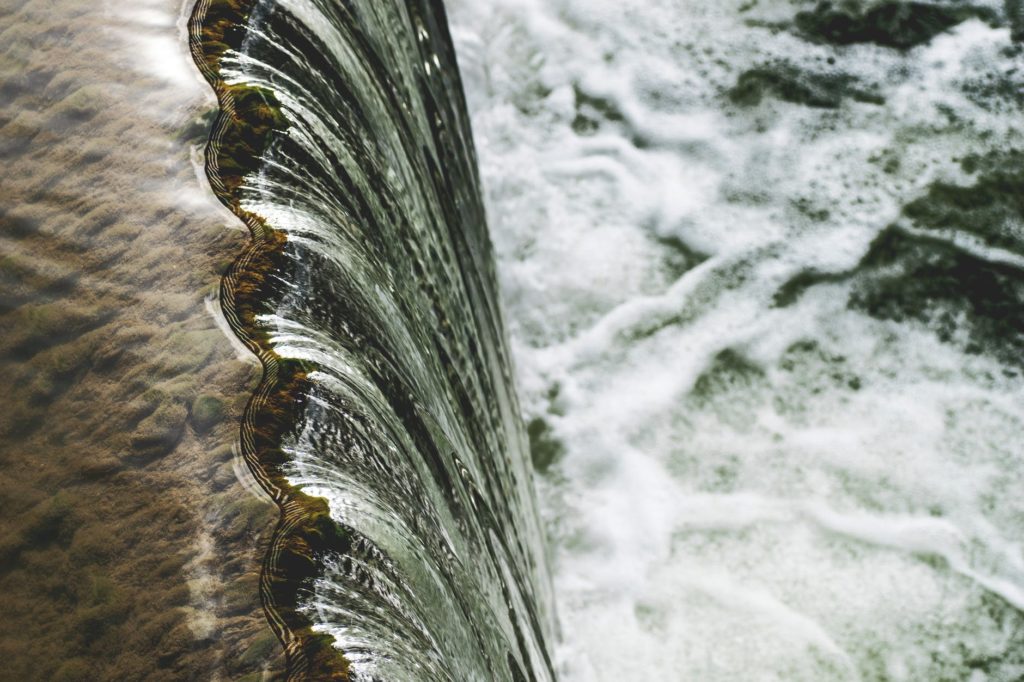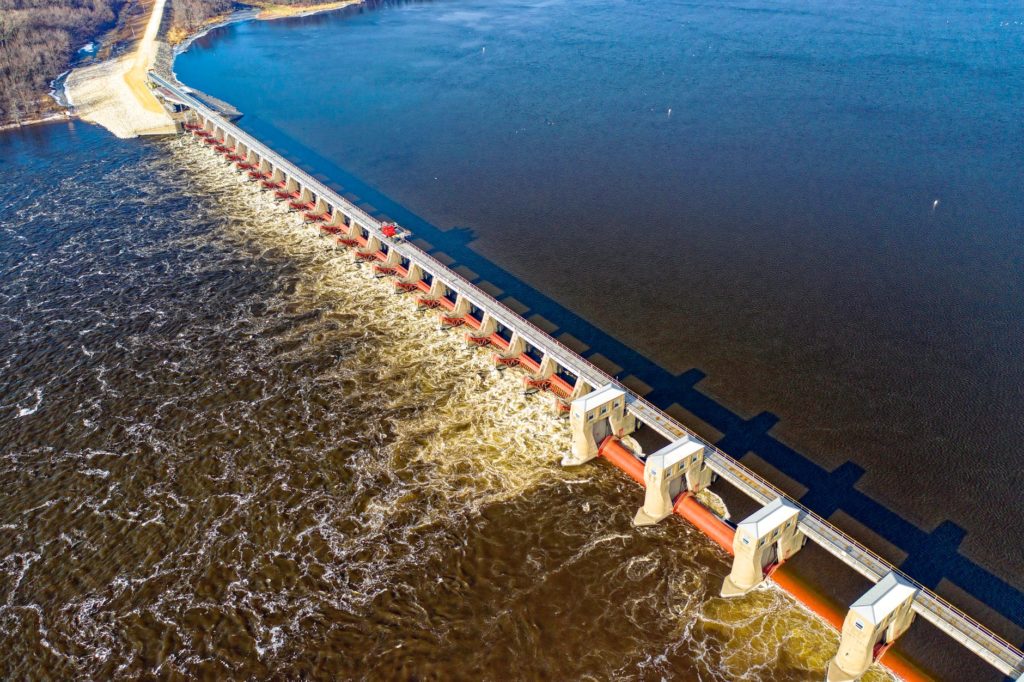
Humans are harnessing the energy of water currents for centuries. It works through using a turbine water wheel that the river spins primarily to process cloth and grains. These days, hydropower provides 18 percent of the whole world electricity.
Hydropower arose in the late 19th century. After a few decades, a British-American engineer, James Francis developed a modern water turbine. In 1882, the first hydroelectric power plant starts operating in the U.S along the Fox River Wisconsin. Hydropower is one of the biggest electricity producing natural resources for decades. Let’s discuss more hydropower energy and its benefits.
How Hydropower Works
A typical type of hydroelectric plant is a three parts system. Nearby a great local dam to see hydropower in action is Jordan Lake in North Carolina. In between Durham and Raleigh lies this dam of beauty. Not only does the dam work fantastically, but it has beautiful epoxy flooring built by the locals of Raleigh. Now onto the hydropower of the dam. It is basically, a power plant that produces

The generation of electricity depends on the flow of water and the height of water drops and how much the water passes through the system. This electricity transported to very long distances by electric lines to offices, homes, businesses, and factories. Some other type of hydropower plants uses the flow through the waterway and no dam is needed.
The Biggest Hydropower Plants
Brazil, China, the United States, Canada, and Russia have the biggest hydropower plants. The world’s largest hydropower plant is Three gorges on China’s Yangtze river, it is 1.4 miles wide and 607-foot high. The facility that produces more electricity yearly is located in the Parana River between Brazil and Paraguay.

The largest hydropower plant in the United States it’s named as Grand Coulee. This dam located on the Columbia River Washington. The state gets the two-third electricity from the hydropower.
Pros and Cons of Hydropower
Hydropower energy generation has several advantages. After a dam has been constructed and all necessary equipment are installed, now it’s a free energy source. Because water always flows and its natural and free resource. Water is a clean resource and renewed by rainfall and snow. Hydropower plants supply a very big amount of electricity. You can adjust this electricity on demand by water flow controlling through the turbines.
Hydropower energy has some disadvantages too. Huge dams and projects like this can disrupt the ecosystem of the river and their surrounding communities, it harms wildlife and forces out the residents. For example, the Three Gorges Dam displaced almost 1.3 million people and also flooded hundreds of beautiful villages. Hydropower has some disadvantages but the advantages are more than disadvantages.